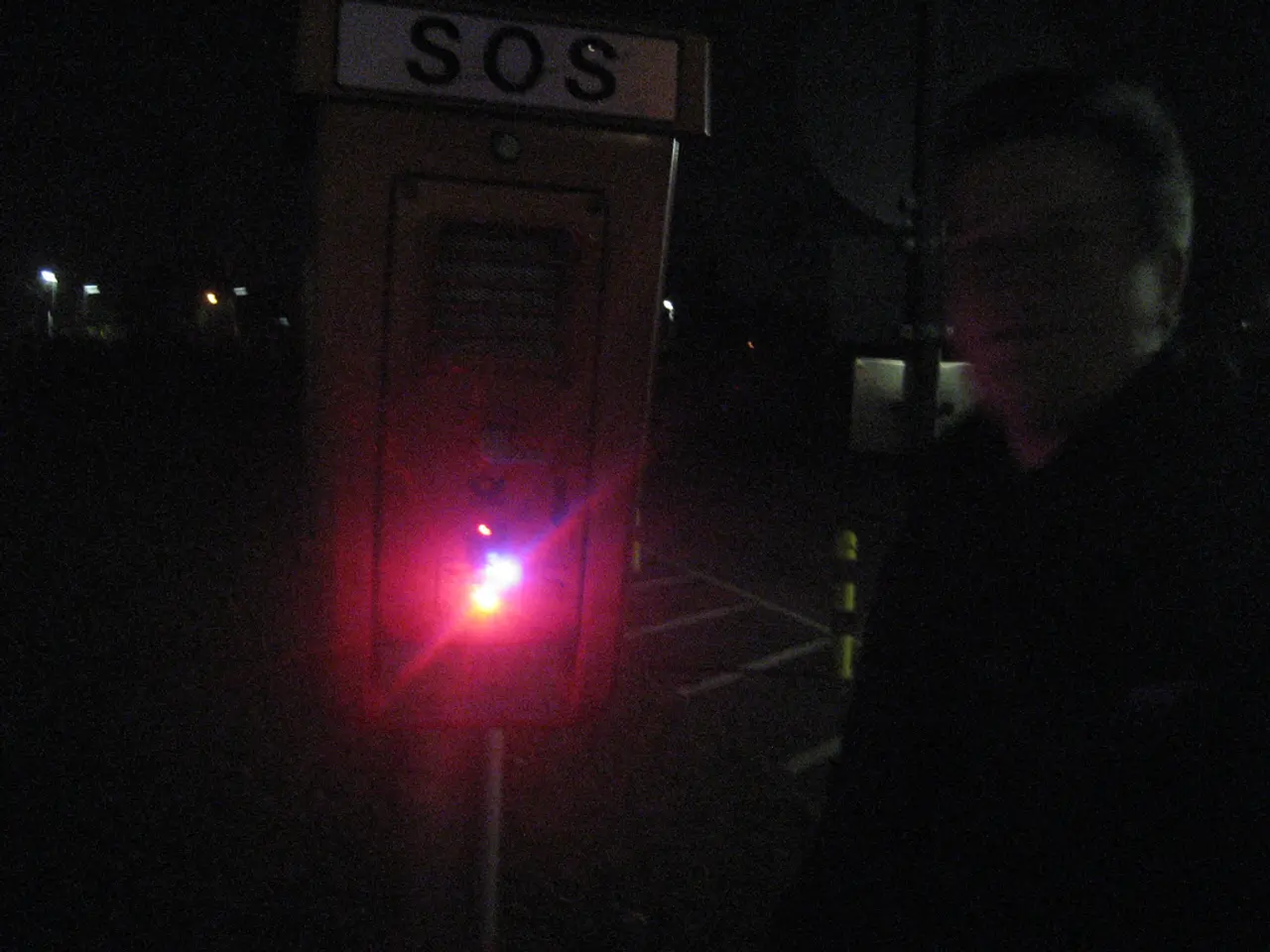Fixing a Vintage Tektronix TDS8000 Oscilloscope
Getting Familiar with TDS8000 Tektronix Scope Repair and Troubleshooting
Sitting down with the hacker extraordinaire, CircuitValley, we found ourselves knee-deep in an old TDS8000 scope repair session. The TDS8000, manufactured by Tektronix in 2001, was also known as the CSA8000 Communications Signal Analyzer and the TDS8000 Digital Sampling Oscilloscope. Though Tektronix has stopped producing these scopes, their documentation is still readily available online, including the User Manual (268 page PDF), Service Manual (198 page PDF), and some basic specs (in HTML).
There are plenty of things you can do with a TDS8000 scope. Still, its main use case was Time-Domain Reflectometry (TDR), which is like a Vector Network Analyzer (VNA), operating in the frequency domain. The TDS8000 requires sampling heads attached, sporting two large front slots for optical sampling heads and four smaller slots for electrical sampling heads. This video by CircuitValley mainly focuses on troubleshooting and repairing the TDS8000 rather than using any sampling heads.
With this project, CircuitValley tinkered, replaced, upgraded, and repaired various components throughout the TDS8000, documenting the entire process in a YouTube video. The scope had initially hung while loading its main application. If you're wondering whether CircuitValley ever uncovered the root cause of the issue, it seems he managed to fix the problem.
Now, if you're into old scope repair and restoration, this might be the perfect time to dive in! Maybe start with "Recovering An Agilent 2000a/3000a Oscilloscope With Corrupt Firmware NAND Flash" and work your way back to "Repairing An Old Heathkit 'Scope." Remember, getting your hands dirty and learning from the ground up is often the best way to uncover hidden gems in the world of electronics.
To help you dive deeper into the repair and troubleshooting of TDS8000 scopes, here are some common techniques to get you started:
- Hardware Inspection: Checking for loose or faulty parts in the TDS8000 mainframe, sampling modules, and input modules is crucial. Pay special attention to electrical and optical sampling modules like the 80Exx series, as they might need servicing or even replacement if damaged[1][3].
- Proper Module Installation: Ensure your modules are installed correctly, with the appropriate seating and functionality. improper installation could cause issues with measurement accuracy[1][3].
- Module Calibration: Regularly calibrate your sampling modules for optimal performance and accuracy[1].
- Oscilloscope Signal and Calibration Checks: Use suitable probes such as the Tektronix P6158 low-capacitance 20X probe when testing high-frequency and high-speed signals. This will help ensure measurement accuracy[5].
- Visual and Electrical Inspection: Examine the mainframe, connectors, and modules for visible damage or electrical faults. Loose connections, corrosion, or damaged components can all affect proper operation[1][3].
- Firmware and Software Diagnostics: Utilize the scope's internal diagnostic tools to identify potential software-related problems. Updating firmware or reinstalling control software may also be necessary in some cases[1].
Engage with the repair community for practical tips, guidance, and demos. Online resources like Hackaday and YouTube have a wealth of information for those interested in repairing TDS8000 scopes[1][3][4][5]. Happy repairing and troubleshooting!
- Engaging with the repair community, such as Hackaday and YouTube, can provide helpful tips and demos for troubleshooting and repairing TDS8000 scopes, which are fascinating gadgets in the realm of technology.
- When tinkering with a TDS8000, it is essential to check for loose or faulty parts, calibrate sampling modules, and use suitable probes for optimal performance, as these tasks are integral to understanding the complex technology within these gadgets.




